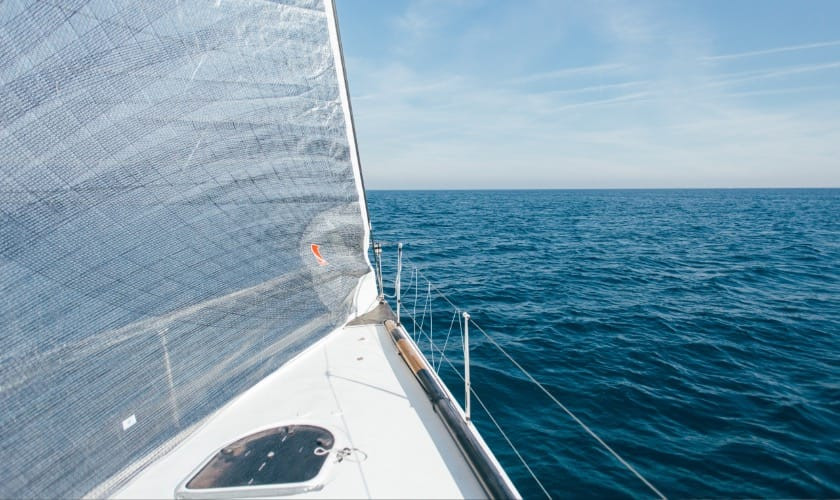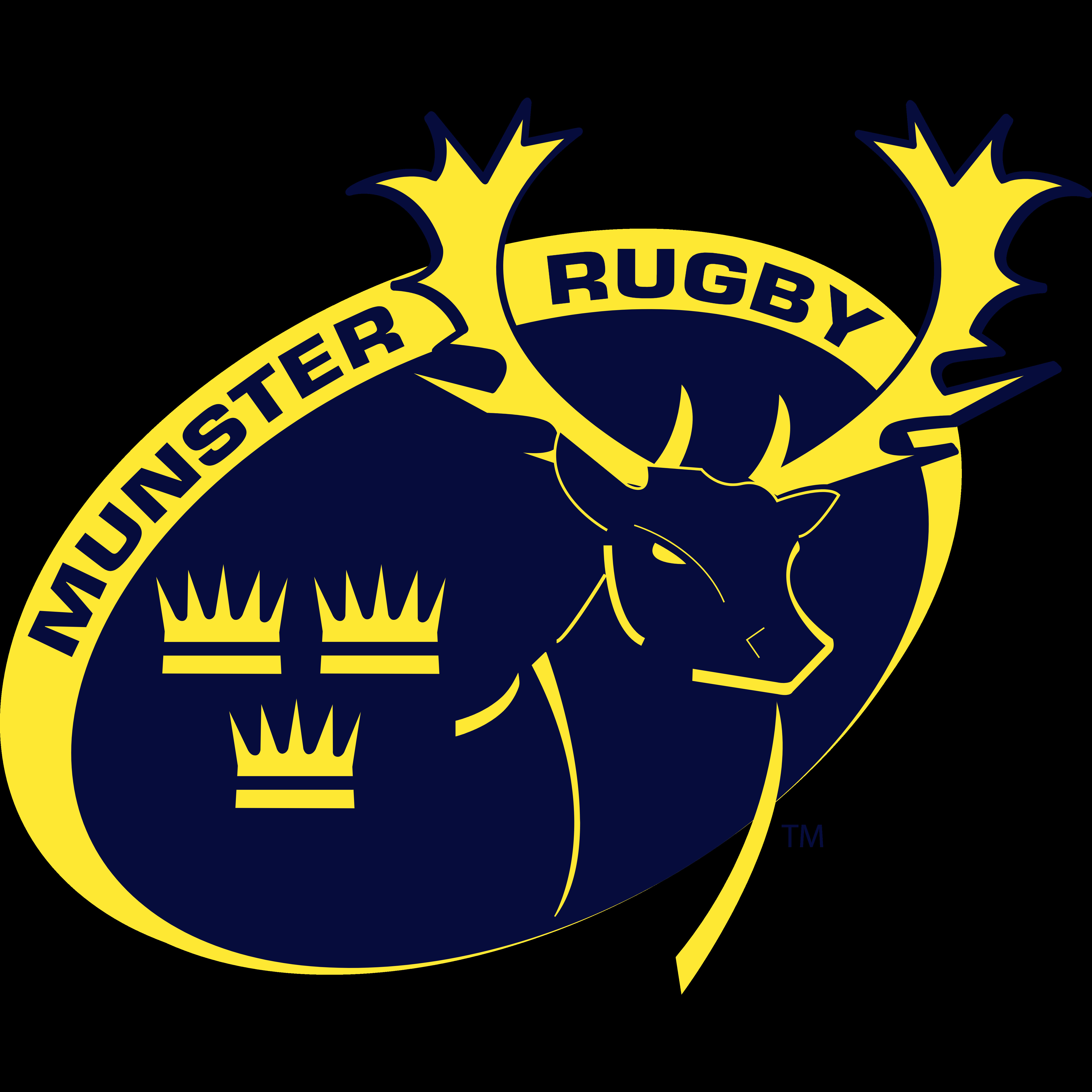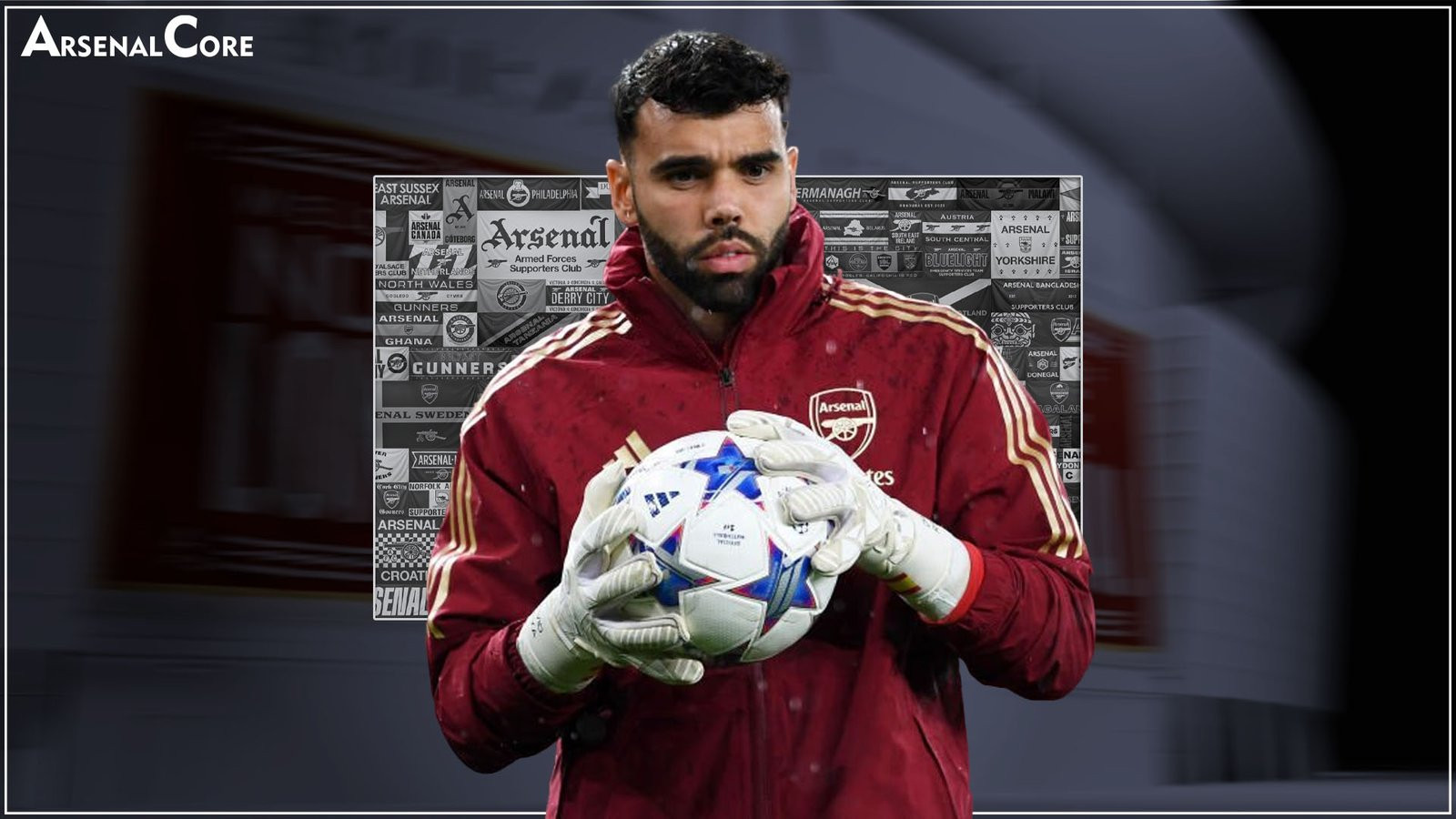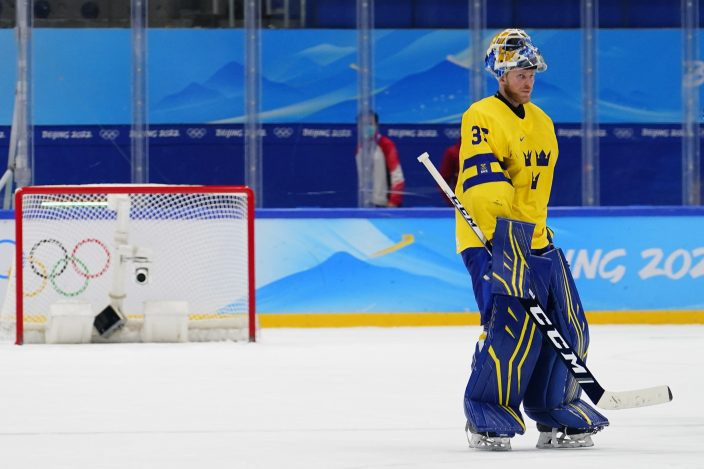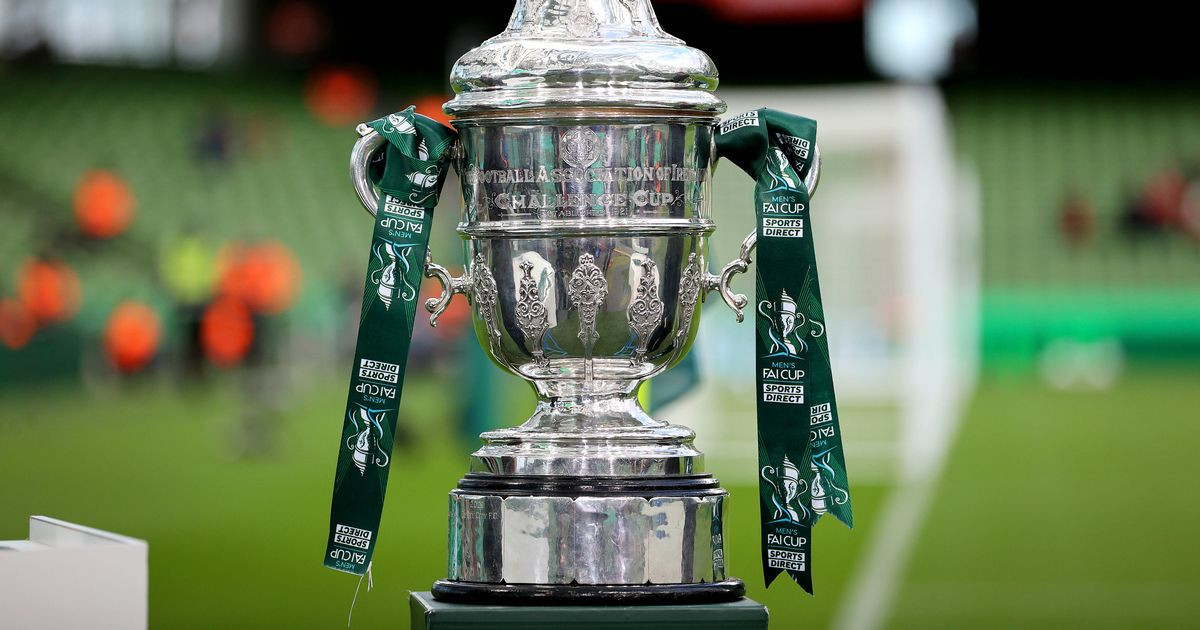Getting Your Bearings in Olympic Sailing
Do you fancy watching Olympic sailing but are worried you might not understand it? As a relatively new spectator to this sport, I researched answers to my questions so you can know what you're looking at.
What I love about the Olympics is that I find myself leaning forward in anticipation when watching sports I wouldn’t usually do. The Olympics is like a buffet with food from lots of different cultures; we can try things to see if they’re to our taste. And if something doesn’t keep us wanting to return for more, we can try digesting something else. After sitting down to absorb Olympic sailing, I questioned the ingredients of these sports.
The Start: A Race Against Time
All races have a 5 minute countdown to the start. During this time, competitors slowly jockey for position, aiming to reach the most favourable spot. Depending on conditions, it may look like the boats will not make it to the start line in time! However, I discovered how quickly the sailors can prepare themselves when the timer runs low.
The start is a crucial part of the Olympic Sailing competition. Typically the startline is at a 90 degree angle (perpendicular) to the wind with one end called the ‘pin end’ and the other the ‘committee boat end’ or simply ‘boat end’. The ‘boat end’ will have a vessel with flags o, which officials raise as they count down to the start. Whereas the ‘pin end’ is just a small floating buoy or mark.
Sailing boats can’t sail straight into the wind, so they start zig-zagging towards the first mark, which is directly upwind of the start. At the start, sailors choose whether to be on the course’s left or right side and pick their spot on the startline accordingly.
The startline may be ‘biased’, with one end slightly closer to the first mark than the other end. Understandably, this bias factors into competitors’ position decision-making.
The Wind's Role: A Symphony of Pressure and Change
Sailing is fairly unusual as a sport in that it relies heavily on the wind. Perhaps Olympic surfing is the only other sport at that Games that relies so much on the weather. Due to this symbiotic relationship with the wind, occasionally, organisers delay Olympic sailing events.
Both wind direction stability and wind force can affect whether sailing events occur. Very little wind will mean no one makes a start due to organisers postponing the race. At the other end of the scale, extreme wind is another cause for sailors to wait longer before crossing the starting line. If the wind isn’t flowing in a steady direction, race officials aren’t able to set a course for competition as they require the wind to come from one way. So, wind frequently changing direction causes race delays.
Thankfully for sailing fans, wide-ranging conditions can allow these races to happen.
Understanding the Language of Wind
Sailors typically measure windspeed in Knots. One knot is equal to one nautical mile per hour, which is roughly 1.15 miles per hour (mph) or 1.85 kilometers per hour (kph).
Different boat types can sail in various weather conditions. However, a rough rule for racing is that a wind below 5 knots is too light, and above 30 knots is too windy.
The wind is a fickle force. It doesn’t flow consistently everywhere, meaning the wind is stronger in certain sailing course areas than others. And these strong wind patches will change.
With the strongest wind comes the potential for boats to sail the fastest. And as sailing races work on a first-to-finish basis, the strong wind is where sailors want to be.
Part of the skill of Olympic Sailing is spotting and anticipating where the best wind is. Sailors analyse wind conditions by looking at the water as darker coloured water means more wind, lighter less.
When a commentator says the wind is ‘filling in’, they usually mean the wind is increasing in a certain section or evening out across the course. So the phrase ‘the wind is filling in where they are on the left of the course’ refers to the wind becoming stronger there (and therefore, the sailors there will be moving faster).
Perhaps slightly confusingly, sailors often refer to the wind as ‘pressure’. So you might hear a commentator mention, ‘they are sailing in more pressure here,’ which is saying the competitors are sailing in more wind and, therefore, going faster.
The Art of the Zigzag: Tacking and Gybing
Boats can’t sail directly into the wind; they zig-zag to make their way upwind (towards the wind). Most races start with the boats zig-zagging upwind from the start to the first mark.
A boat will sail ‘close hauled’ and then tack by steering the boat through the wind before sailing ‘close hauled’ in the other direction.
After tacking, boats sail around a series of course marks. The course shape varies. However, usually, competitors sail upwind and then downwind (sailing in the direction the wind is blowing) for a few laps. When boats sail downwind, they usually zig-zag again to sail quickly.
Due to the zig-zagging, there is a lot of changing direction in Olympic Sailing. The sailors will mostly find their way to the next mark, choosing the best course area for sailing on. Sailors meet at the marks, all changing direction at the same time.
Spinnakers: The Big Balloon Sails
Depending on the wind direction and the type of boat, you may see a colourful sail that is sometimes on the boat and gets pulled back in. This sail is called a spinnaker. At the Olympic Sailing events, the 49er, 49er FX, 470 and Nacra 17 boats all have a spinnaker.
This big balloon-shaped sail makes the boats go faster. However, sailors can’t use the spinnaker when the vessels sails upwind (close-hauled). So when athletes turn around a mark and start going downwind, one sailor pulls on a rope that yanks this sail up.
When the competitors reach the next mark and are about to go upwind again, they tug another rope to haul the sail back into its storage bag inside the boat. It reminds me of a disappearing magician’s handkerchief!
Staying on Track: Lays and Laylines
In Olympic Sailing racing terms, a layline is an imaginary line extending from the mark closest to the sailors down the course. The layline indicates the point where it’s ideal for a boat to change direction to get to the mark the quickest.
When a boat is sailing close hauled while zig-zagging upwind (into the wind) they are at about a 45º angle from the wind. So a layline for a mark upwind extends away from an upwind mark at about 45º from the wind in either direction.
To reach the mark the fastest and most efficiently, sailors try to tack or gybe (change direction by zig-zagging) at the right point on the layline.
Balancing the Force: Weight, Trapezing and More
Olympic Sailing classes require the athletes to counter balance the wind on their sails. On a yacht sailors do this with a big, heavy keel under the water. However, there are no yachts in Olympic Sailing, so none have this stability tool. Instead the competitors use their weight to balance against the wind’s force in the sails. The further out from the boat the sailors can get, the more wind they can counter-balance and therefore the faster they go.
There are three primary ways athletes counter-balance, which are:
- Trapezing: This involves a sailor hanging off the side of the boat on a trapeze wire, much like a circus performer, to leverage their body weight further out and balance the wind pressure on the sails.
- Hiking: When a sailor leans out as far as possible on the side of the boat to counterbalance the wind on the sails, they are said to be hiking.
- Crew weight: This refers to how the crew shifts their weight to balance the force of the wind on the sails. This is a critical element in many Olympic sailing classes, especially those with smaller boats.
Now that you have a basic understanding of these key elements, you are ready to dive into the world of Olympic sailing. Sit back, relax and enjoy the exciting competition! You may even find yourself hooked on the action, as I have.
Ready to Set Sail: Your Next Steps
To enhance your Olympic sailing viewing experience, I suggest exploring some of these resources:
- World Sailing Website: The official website for the sport offers comprehensive information about the different classes, rules, events, and athletes. https://www.sailing.org/
- Olympic Sailing Schedule: This will help you plan your viewing and know when to tune in to see the races. https://olympics.com/en/olympic-games/tokyo-2020/sailing
- Sailing News and Blogs: Several websites and blogs offer insightful commentary and analysis of Olympic sailing events. https://www.sailingworld.com/
With these resources and your newfound knowledge, you’ll be ready to set sail into the captivating world of Olympic sailing.




